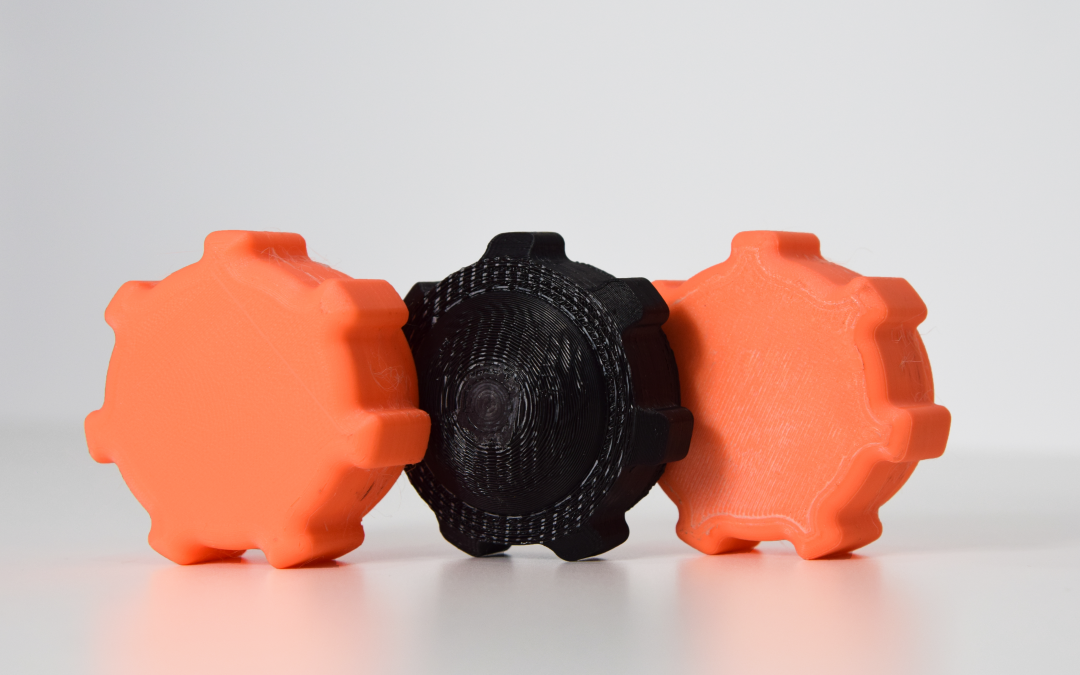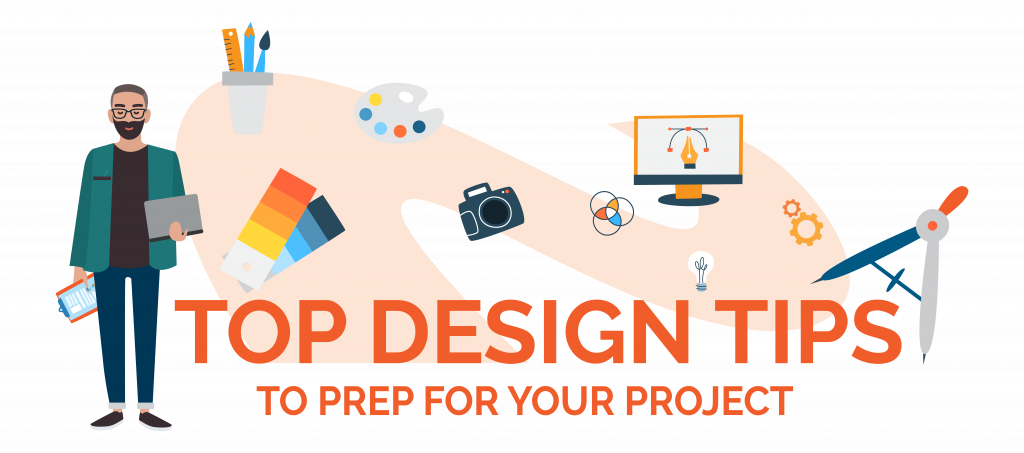
We’re all capable of having great ideas. But turning that into a successful product is a different story.
Whether you’re a designer, entrepreneur, or otherwise in the field of product manufacturing, there are things you can keep in mind to make the process smoother, and importantly to increase the quality of the final product.
Below are some top tips to help you prepare for your product development journey, inspired by the advice given by our designers Igor Silva, Sebastian Braat and Jessica Pani.
BE PREPARED TO FAIL
We know, this sounds bad. But the goal should not be to force your initial idea into an exactly replicated reality, but instead to flourish your concept into a functioning, purposeful reality which achieves your product’s goal and provides a positive user experience.
All great projects start with a great idea, a vision, or a ‘north star’ which guides your product to its completion. How that idea develops into reality, however, is often a non-linear process with multiple revisions as things are evaluated, tested and discovered. In other words, it’s dynamic, and so must be your thinking! This process can be actioned through prototyping.
“Prototyping is key. Don’t always go for your first design. Enjoy the process, because your design will change a lot.” – Jessica Pani, Rotadyne Junior Industrial Designer
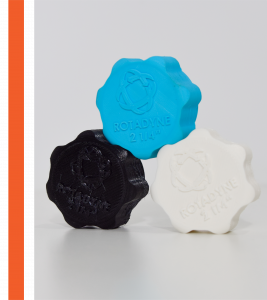 The first step is letting go of the fear of failure, and instead adopting a “fail fast” mentality. The more mistakes that are made earlier on, the more improvements can be made and thus the better the final product will be. It’s better to accept early on in the process that change is not only inevitable, but preferable, as it is a sign of progress.
The first step is letting go of the fear of failure, and instead adopting a “fail fast” mentality. The more mistakes that are made earlier on, the more improvements can be made and thus the better the final product will be. It’s better to accept early on in the process that change is not only inevitable, but preferable, as it is a sign of progress.
Failing means opening your mind to better possibilities which will in turn reflect a better product. Ultimately, you want the mistakes to be found in the development stages, and not your customer’s hands. Keep an open mind, stay open to suggestions and let go of assumptions which may be holding you back from solutions.
“I have not failed, I’ve just found 10,000 ways that won’t work.” – Thomas Edison.
DON’T STOP BELIEVING LEARNING.
To design better products, you need to accept better information, and that all starts with learning. Our world is one of constant change, both in trends and in industry, so keeping up is vital to ensure you’re taking advantage of all the options available to you.
Holding on too tightly to one approach, assumption or perspective can stifle creativity, and leave your project stuck in the inevitable issues that arise during the design process. You risk missing opportunities and falling behind on trends and innovations which elevate your competitors’ products.
“Design with the whole picture in mind, as well as the nitty gritty. Plan your project to make sure its viable.” – Igor Silva
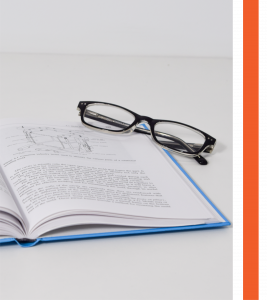 Before making any solid decisions for your project, various types of research should be conducted including market and user research. The goal is to find points of advantage that competitors will struggle to replicate and customers will struggle to substitute. When you base your product on practical and updated data, your product will develop real value for users who appreciate the empathy demonstrated in its design.
Before making any solid decisions for your project, various types of research should be conducted including market and user research. The goal is to find points of advantage that competitors will struggle to replicate and customers will struggle to substitute. When you base your product on practical and updated data, your product will develop real value for users who appreciate the empathy demonstrated in its design.
Additionally, research is not exclusive to one stage of design: it should be ongoing and varied in range and focus. Taking every opportunity to learn more about your product, the context it will be placed in, the associated industries, and most importantly your customers experiences, will lay the foundation for your products design and success.
“An investment in knowledge pays the best interest.”— Benjamin Franklin
KNOW YOUR MARKET
There is a serious issue in the market right now, and it’s called over-saturation. When it comes to shopping, we have a seemingly endless array of options which stretch down the isles in the thousands.
Some try to approach this issue by being the brightest bottle on the shelf, others by bombarding their audiences with their presence in every existing form of advertisement. These aren’t horrible strategies: aesthetic, branding and advertisement are important. But the products which make the strongest impression are the products which place themselves in the user’s shoes, and solve real problems.
“Know who the first 100 people you’ll sell your product to. Your idea may change the world, but if you don’t know your market before spending money on design and manufacturing, it’ll go nowhere.” – Sebastian Braat, Rotadyne General Manager.
 Your product needs to be uniquely necessary for real people in the real world, and address real problems they face. Identifying the exact problem that you are trying to solve may seem challenging, but it all starts with the customers themselves. Find your target audience, then clarify the product’s concept to ensure it is both crucial and suitable for them.
Your product needs to be uniquely necessary for real people in the real world, and address real problems they face. Identifying the exact problem that you are trying to solve may seem challenging, but it all starts with the customers themselves. Find your target audience, then clarify the product’s concept to ensure it is both crucial and suitable for them.
Knowing your market can save you from creating and distributing a product no one wants, or alternatively from creating something useful which just isn’t reaching the audience who will buy what you’re selling. From initial design to eventual advertising, you want your customers to feel that it was truly made with them in mind. And to keep them in your mind, you must understand theirs.
“Don’t find customers for your product, find products for your customers.” – Seth Godin
CREATE ADVANTAGES, NOT FEATURES
Form follows function. This piece of advice seems to be common sense – utility is priority, as a product needs to work before it needs to look nice. But this advice is often misinterpreted. Form and function should not be seen as separate concepts, but rather as a Symbiotic relationship. What should not be part of this relationship, however, is novelty. Or features that are there for the sake of feature.
The path to success involves creating advantages, not features. When designing your product, consider the following: is it safe, comfortable, enjoyable, and easy to use? All these factors play into ergonomics, and thus its form and its function. When you’re being purposeful with the aesthetics of your product, it will add to its function rather than detracting from it. Even a products colour can impact elements such as heat. Both form and function working in harmony to improve a product.
“You want to have the balance between making it aesthetically pleasing, but purely functional at the same time.” – Jessica Pani, Rotadyne Junior Industrial Designer
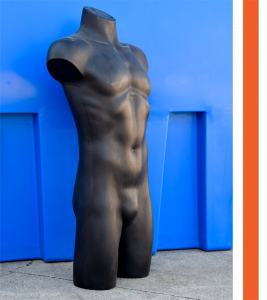 The key word here is improving i.e. adding an advantage. This doesn’t mean re-inventing the wheel, but solving existing problems or shortcomings. Spinning chairs address the same “problem” of comfort as regular dining chairs, but with the added consideration of mobility (and fun) in office settings. Thermal cups solve the same “problem” as regular mugs of holding your coffee without having to cup it in your hand and burn yourself, but with the added benefit of keeping it warm for longer periods of time. Yes these are features, but they are also clear advantages.
The key word here is improving i.e. adding an advantage. This doesn’t mean re-inventing the wheel, but solving existing problems or shortcomings. Spinning chairs address the same “problem” of comfort as regular dining chairs, but with the added consideration of mobility (and fun) in office settings. Thermal cups solve the same “problem” as regular mugs of holding your coffee without having to cup it in your hand and burn yourself, but with the added benefit of keeping it warm for longer periods of time. Yes these are features, but they are also clear advantages.
This is entirely different to slapping on unnecessary (and frankly obnoxious) features onto a product and expecting the customers to rain in. Advantages are not the same as features. Your pen doesn’t need a built in Bluetooth speaker or a fully functioning Rubik’s Cube attached to it. That may be great as a novelty item, but not so much a great idea for a long-lasting, market-leading product (and also, not great for our landfills and environment).
The best designed products should speak for themselves, which means clarity is key. Set specific goals for your products ergonomics to help guide its development in the right direction.
“Life’s too short to build something nobody wants.” – Ash Maurya
THINK AHEAD
Speaking of our landfills and environmental impact, our next advice is about sustainability: not just for our planet, but for your business. Our world, and the systems within it, is slowly undergoing environmental renovations which dramatically impact products, businesses and market trends. If you’re not thinking ahead, you should think again.
Political systems are changing. As more pressure is being put on governments to act upon our climate crisis and pollution problem, new policies are being introduced which demand businesses find compatibility with a circular economy. As we have discussed in our recent article (found here), one of the major challenges in this is transitioning existing businesses, which are accustomed to a linear economy, into this new era.
“There’s a focus on pushing the liability of waste created to manufacturers. A product designer can aid in reducing product waste through its initial development and thus spare companies the effort of managing wasteful products. This is the reason that a strong focus and knowhow on the Circular Economy could pay dividends to the designer in the long run.” – Igor Silva, Rotadyne Product Development Manager
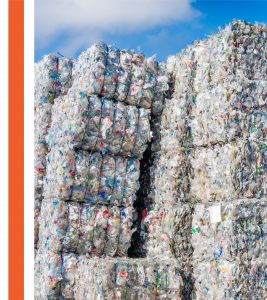 For emerging businesses and upcoming products however, designers and stakeholders have the advantage of hindsight. Ensuring that your product is suitable for a circular economy, with materials and processes in place to manage waste and decrease environmental impact, not only places your business ahead of the trends but also provides protection from backlash and the changing systems.
For emerging businesses and upcoming products however, designers and stakeholders have the advantage of hindsight. Ensuring that your product is suitable for a circular economy, with materials and processes in place to manage waste and decrease environmental impact, not only places your business ahead of the trends but also provides protection from backlash and the changing systems.
Your product will be more attractive in the market, and safe from the product stewardship schemes which may upheave entire companies in oncoming years. Don’t get us wrong; these policy changes are for the better, and will improve the management of materials over their lifecycle. However, from a business standpoint where profit reigns, it is not only smart but overall responsible to ensure your products, processes and business are built for longevity.
“When sustainability is viewed as being a matter of survival for your business, I believe you can create massive change.” – Cameron Sinclair
Preparing yourself for your project will increase your chances of a successful product and a smooth development journey. One of the advantages of working with Rotadyne is getting expert guidance throughout this process, from design to manufacture.
Our clients have benefited greatly from having access to the insights, without overwhelming themselves. But whether you’re working with us, or going solo, we hope to share our knowledge so that every idea that sparks, has the fuel or potential to become a magnificent, innovative flame.
Follow us for more upcoming insights, tips, case studies and more, with the experts in plastic manufacturing and industrial design.

